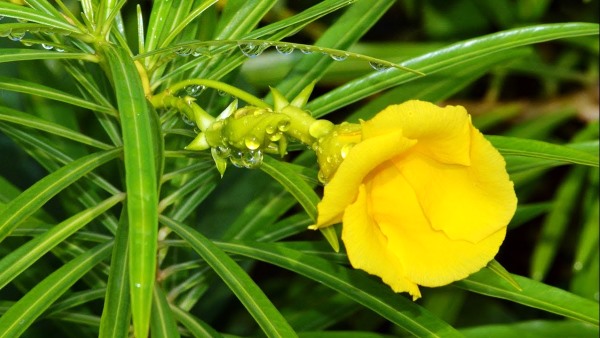
Yellow Oleander Seeds: Thousands of people are probably exposed to hazardous plants every year. Because most of these exposures are the result of youngsters ingesting only trace amounts, they provide only a limited risk to health.
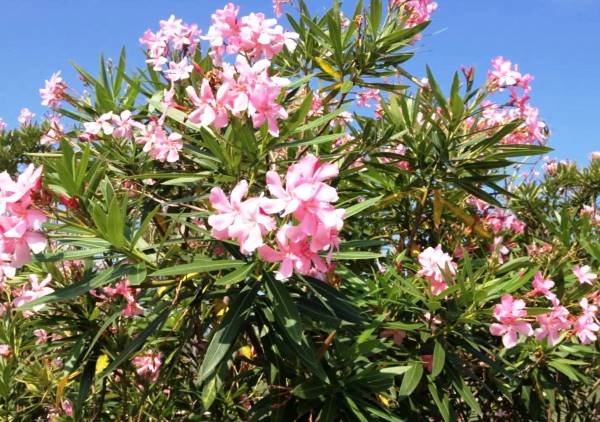
Adults who misidentify a plant as a food source or eat it on purpose are more likely to get serious poisoning. Cardiovascular glycosides, saponins, digitoxin, oleandrin, and other toxins can be found in virtually every plant.
Also, Read- Infinix Note 12i launched in India: Features Price, and, Availability
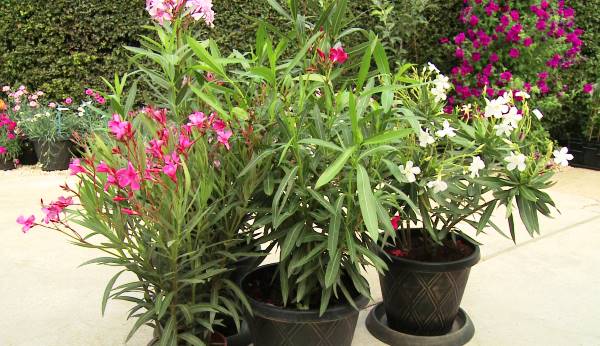
Certain bird species, however, have been observed to consume plants and plant components without any negative consequences. Include the bulbul, brahminy myna, common myna, and the common grey hornbill.
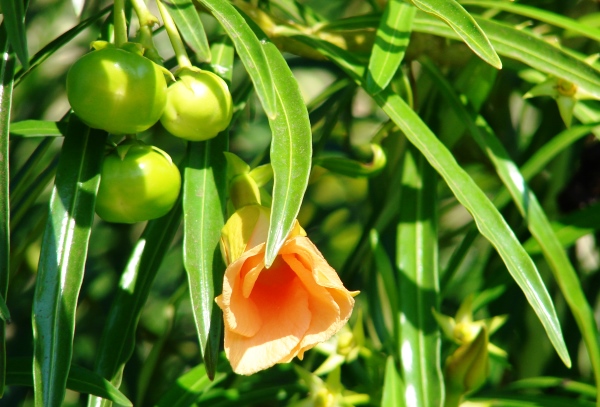
This plant is also known as the yellow oleander, fortunate nut, steel tree, and kaner. Shrubs and decorative standards can both be successfully grown in containers. Hedgerows, screens, foundation gardens, and decorative edging are just some of the many landscape applications for these plants.
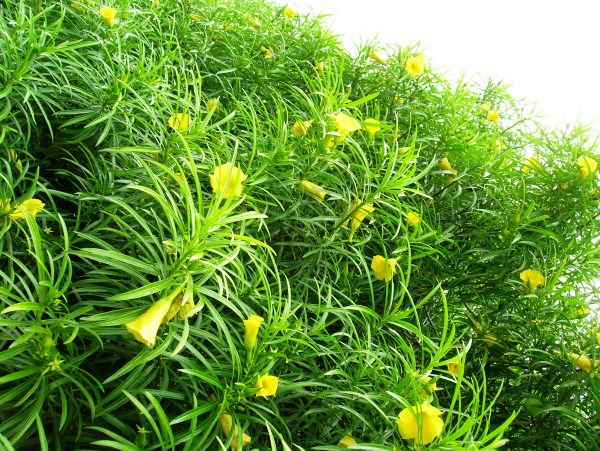
This evergreen tropical shrub or small tree, known as Cascabela thevetia, can reach heights of up to 20 feet. The leaves’ tips are pointed and have a dark green tint. Beautiful blooms from July to fall. In certain cases, the long, funnel-shaped blossoms will emit a pleasant scent. This tiny fruit only has two or four flat seeds.
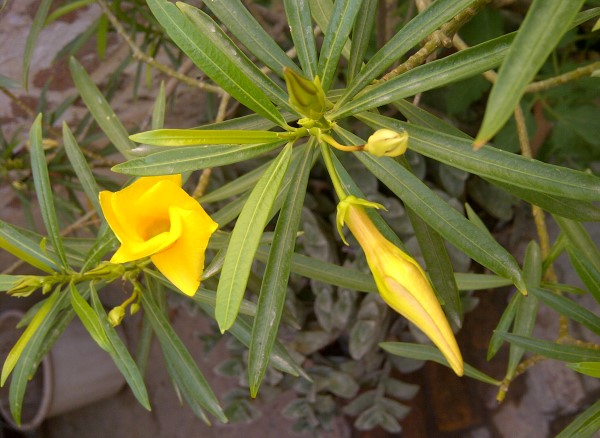
Ingestion of any part of the plant is dangerous. For some, the taste of plant sap is as sweet as honey.






